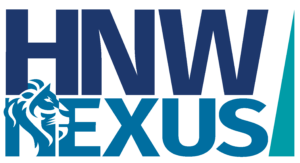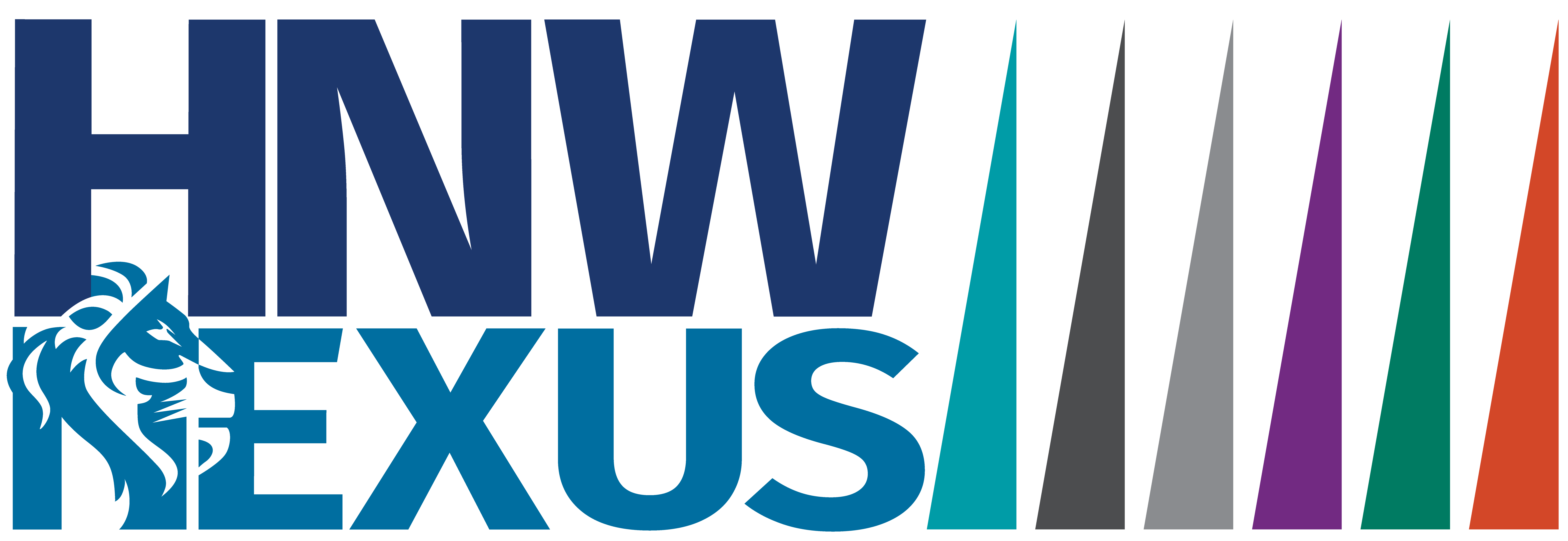
Westpac Banking Corporation (WBC) released its first half-year results on the 8th May, which came in above market expectations. Westpac is the third of the big four banks to report their half-year results this season, with CBA to follow. The HNW Portfolios hold a 5% weight to WBC.
Key Points:
- Net Profit Up Strongly: Westpac reported a +22% increase in net profit for the first half on the back of a 6% increase in the loan book. Earnings per share were up +26% due to fewer shares in issue thanks to a buy-back in 2022. Across the bank, WBC retail bank, business and institutional segments all produced solid results, with New Zealand weaker due to higher impairment charges.
- Show me the Money: Dividend up +15% to 70 cents per share, but with a meagre 61% payout ratio that contributed to a big increase in Tier 1 capital. This is probably a prudent measure, given an uncertain outlook.
- Higher Net Interest Margin (NIM): Core NIM for Westpac grew by 0.10% to 1.90%. Whilst this sounds like a small change, this change has netted Westpac an extra $617 million in profits for the half across a loan book of $750 billion.
- Cost Cutting: Westpac has made good progress in cutting costs, with this half’s expense decreasing by 1% YoY despite 7% inflation and a 4% increase in wages. This has brought the bank’s cost-to-income ratio down to 42.6%, which is much more competitive than its peers.
- Positive Jaws: When looking at a bank result, one of the first things to look at is the difference between income growth and expenses. If income is growing faster than expenses, the bank will have a positive Jaws ratio with a chart that looks like the open mouth of a crocodile. Due to the billions in revenue generated by a major bank, this is significant. In 1H23, Westpac’s operating income grew by 7%, while expenses decreased by 1%. A great outcome for shareholders.
- Guidance: Westpac didn’t provide formal guidance but did cite that they are looking to increase their business lending. WBC appears to be outperforming rivals NAB and ANZ on margins. Management discussed the potential of further capital management later on in 2023 with excess capital of $3.6 billion above APRA’s target range.
CEP Strategy: This was a solid result from Westpac, with the business travelling well. We own WBC in the portfolio due to its heavy exposure to mortgages which comprise 65% of WBC’s loan book. Through the cycle, mortgages have historically had much lower bad debt charges than business lending due to Australia’s home loan recourse lending and higher margins. While we expect loan losses to increase going forward, higher net interest margins will offset this. We remain happy holders of the bank, which trades on a PE of 11x with a 6.2% fully franked yield. Controlling costs was a highlight in the current inflationary environment.
WBC rose +2% on the day to $21.74.


